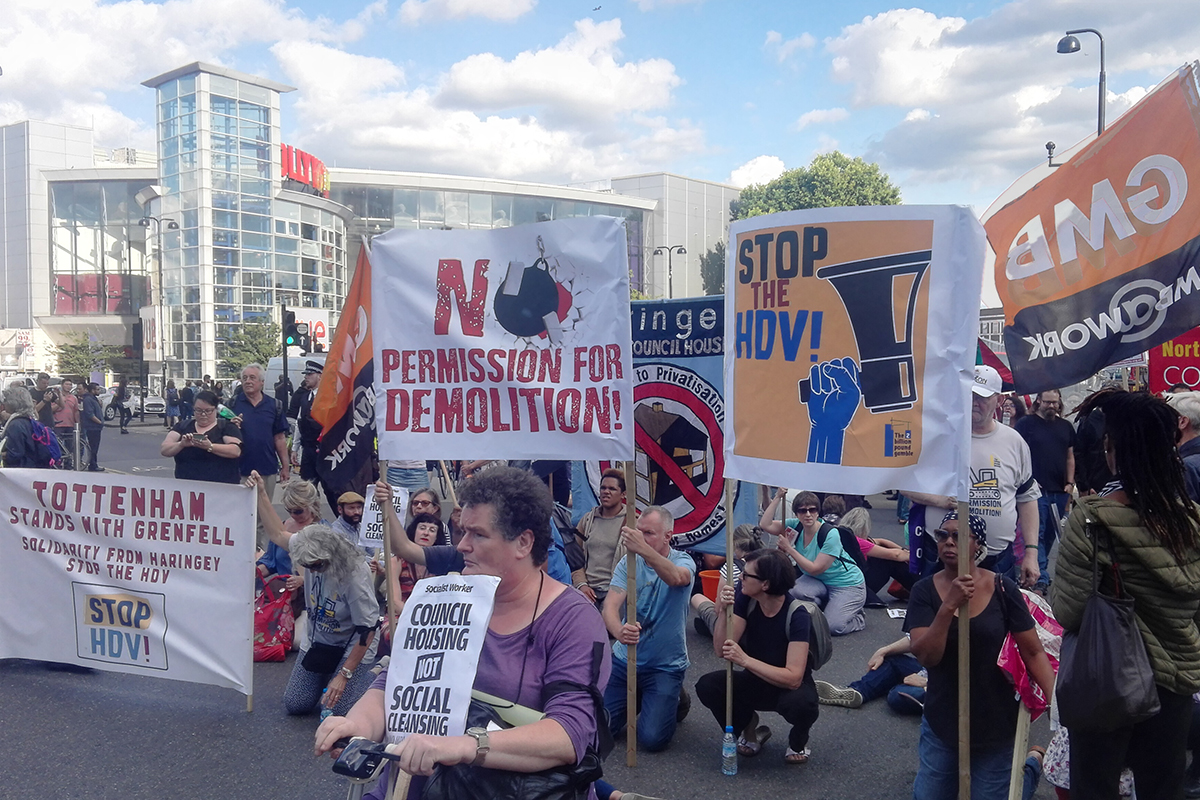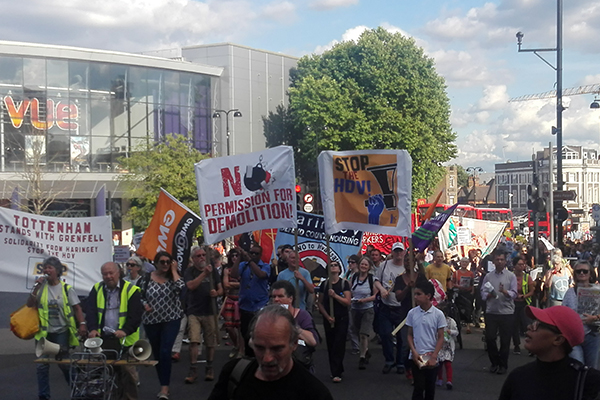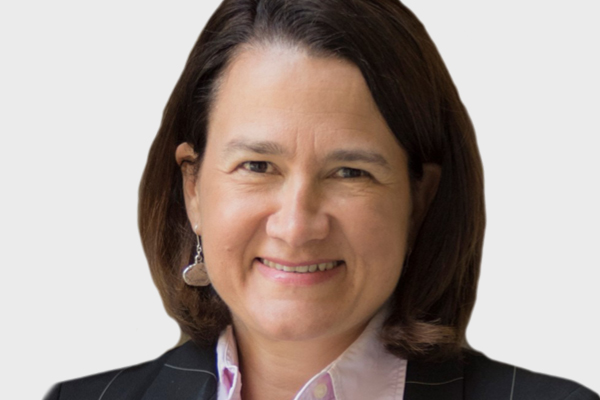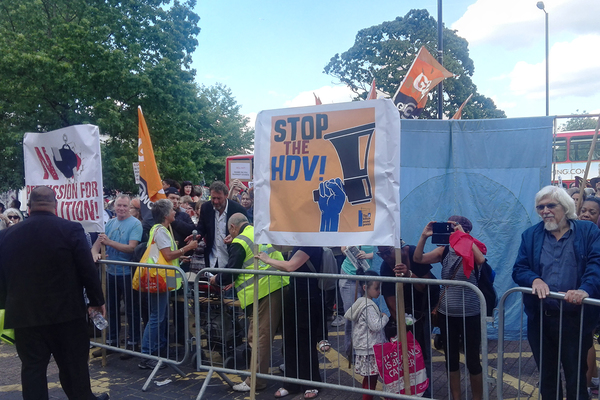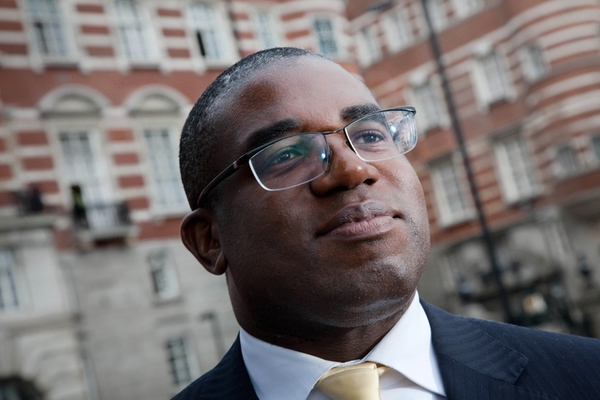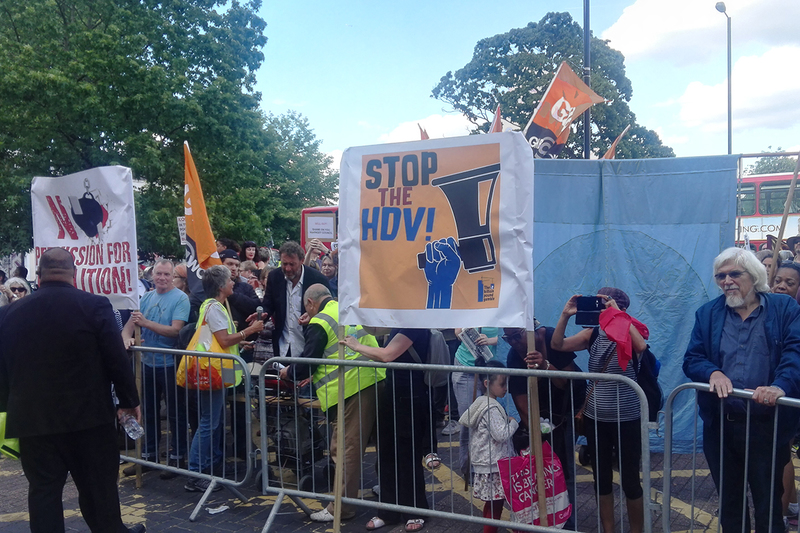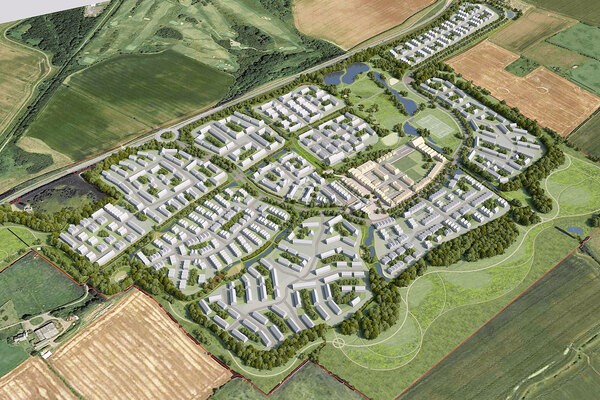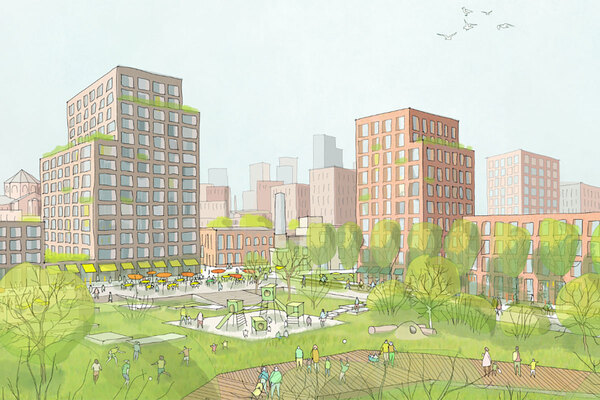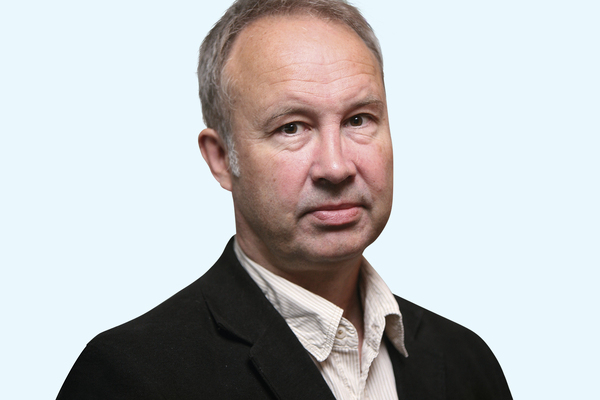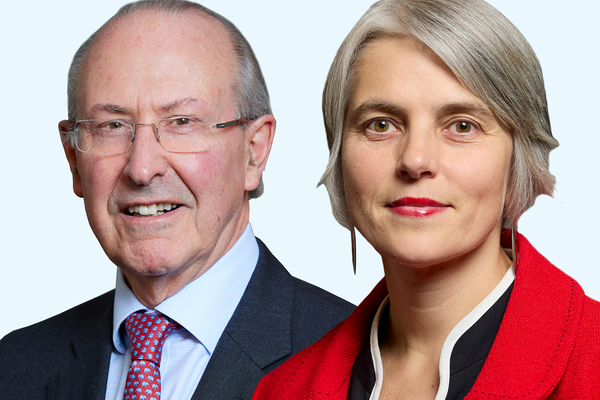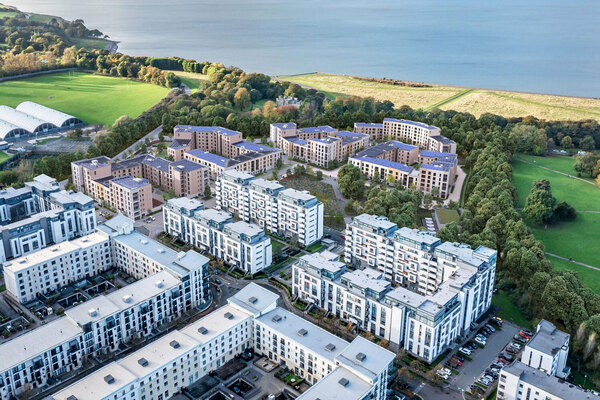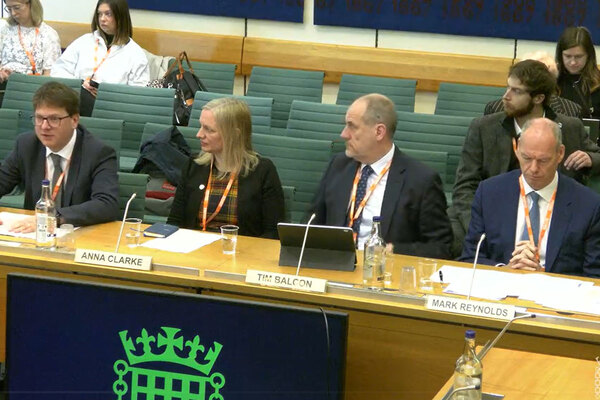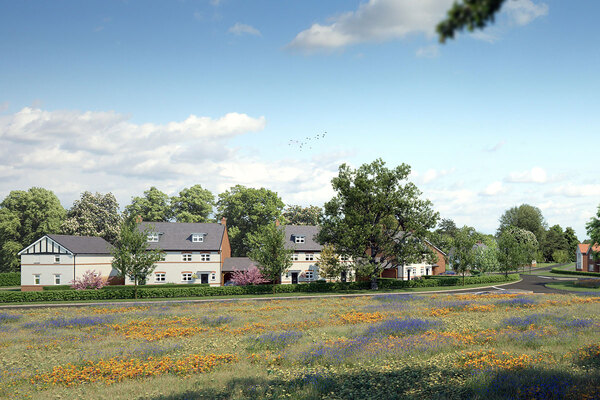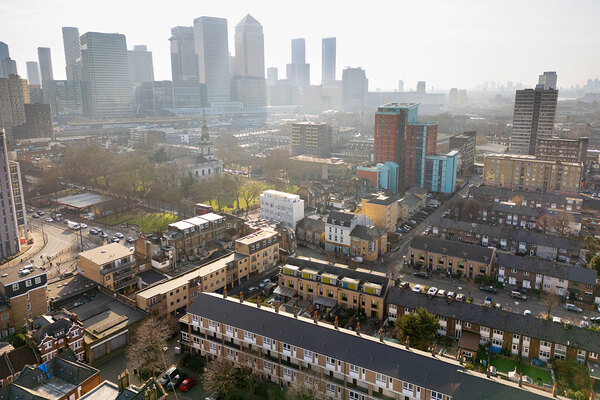Deal with private developer will deliver thousands of homes
The Haringey Development Vehicle is the only way to improve the borough and tackle the housing crisis, says Alan Strickland
This week saw Haringey Council move forward with an innovative approach to development that will help us deliver 6,400 much needed new homes and thousands of new jobs for our residents.
Not to mention investment in community infrastructure including a new school; a new health centre; new town centres with retail, office and community space; new civic offices and a new library. Alongside this will also come significant wider benefits; £8m will be reinvested in social and economic programmes and a £20m social impact vehicle set up.
The Haringey Development Vehicle (HDV) is a 50:50 partnership between the council and a private developer, Lendlease. Far from privatising council assets, it will see council land, developer cash and expertise brought together to deliver billions of pounds of investment to Haringey.
Decisions, profits and risk will be shared between partners, allowing council profits to be reinvested in local services. And the 50:50 partnership means we retain control – no decision can be made without the council’s explicit say-so. Our agreed work programme shows that 40% of all new housing built will be affordable.
“Far from privatising council assets, it will see billions of pounds of investment to Haringey.”
Before any land is transferred into the HDV, it will be individually assessed and subject to cabinet approval based on detailed business planning, full consultation with the local community, and eventually a planning application.
In a nutshell, we aim to make significant long-term improvements in the prosperity and well-being of our residents at a scale and pace the council could never achieve on its own, owing to the effect of government funding cuts and constraints on borrowing that leave local authorities impotent in the face of mounting housing challenges.
This is a major decision for any council and not one that was taken lightly, nor quickly. Since 2015, we have considered a number of other options for large-scale regeneration, including through a Future of Housing Review that assessed the council’s housing management policy with a panel including cross-party councillors, a tenant representative and other independent advisors.
We looked carefully at a whole range of options for making the most of the council-owned land now earmarked for the HDV. This included taking the more traditional route of simply selling land to developers. But this would not guarantee the change we need at the pace we demand, and would see us losing the long-term revenue stream that we will keep with a joint venture.
Vitally, this route would also be unlikely to deliver the level of affordable housing required.
“This is a major decision for any council and not one that was taken lightly.”
Establishing an independent company wholly owned by the council was also considered, but this would mean the council having to cover development costs through borrowing and bear all of the risks of development.
It would also have meant bridging a daunting gap in skills and capacity to deliver a project that demands a great deal of specialist expertise. In simple terms, we cannot afford to go it alone. We lack the depth of expertise to take on major development projects without support from a dedicated developer.
We also considered whether site or asset-specific vehicles with a range of different private sector partners may work better – using the same principle as the HDV, with council land pooled with partner equity, but procuring and managing disparate vehicles would have been too expensive and complex.
The figures are stark: we have more than 3,000 people living in temporary accommodation in Haringey, and thousands more living in substandard private rented homes. The HDV is not without its risks and challenges, but we are confident it presents the best option for tackling the housing crisis we face, while delivering thousands of new jobs and ensuring we can take a share of future profits to invest back into council services and improving our borough for everyone who lives and works here.
Alan Strickland, cabinet member for regeneration and housing, Haringey Council
